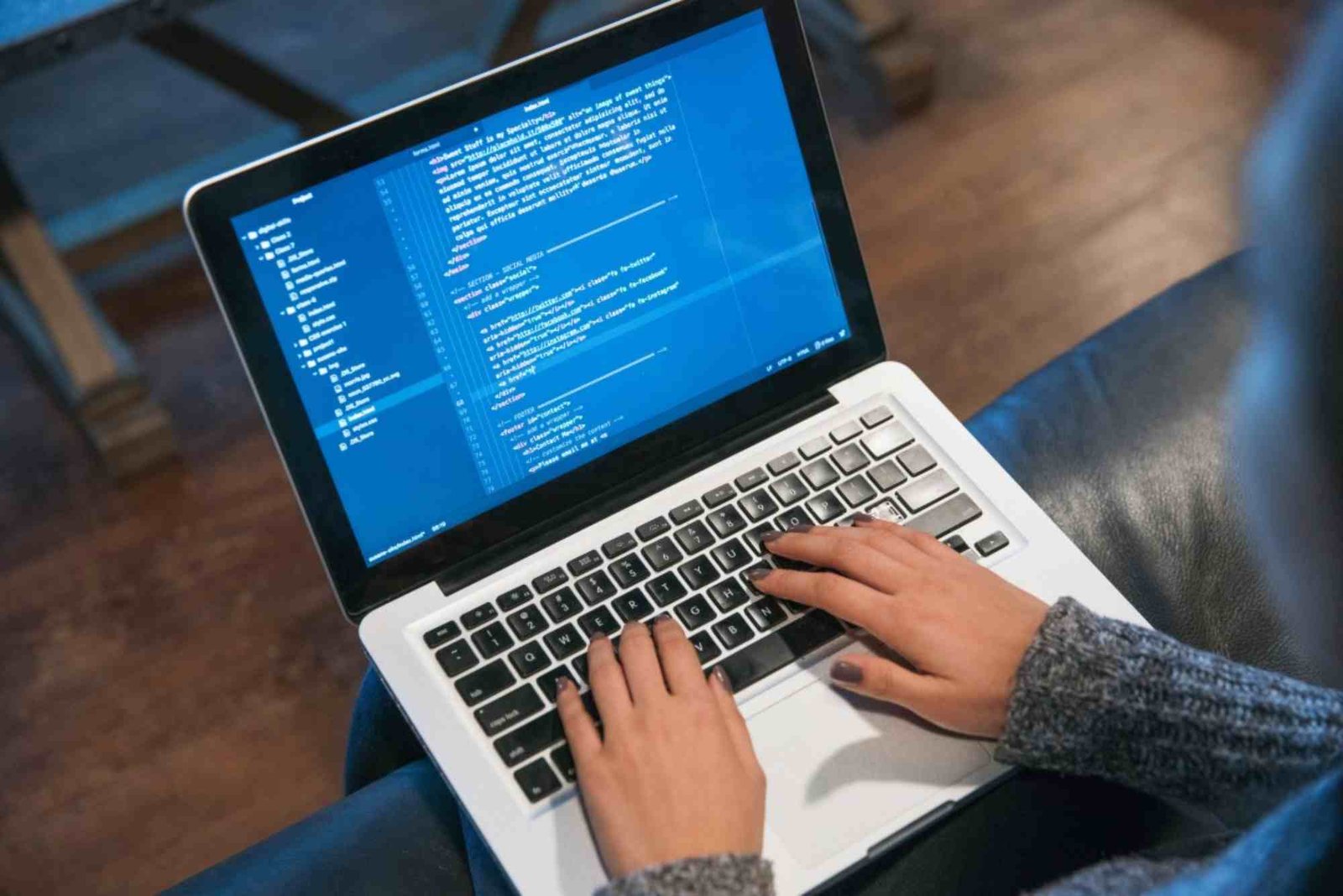Introduction
Bitcoin, the world’s first decentralized cryptocurrency, continues to revolutionize the financial world. But what is the process of creating Bitcoin popularly known as? The answer is Bitcoin mining — a fascinating and technically rich process that secures the Bitcoin network and generates new coins.
In this detailed guide, you’ll learn about what is the process of creating Bitcoin popularly known as, the practical steps involved, tools needed, and essential tips to get started responsibly. Whether you’re curious about the technology or considering entering the mining space, this article covers everything in a human, expert-led tone that even beginners can understand.
Understanding What Is The Process Of Creating Bitcoin Popularly Known As
At its core, the process of creating Bitcoin refers to mining — the act of verifying transactions on the blockchain and adding them to Bitcoin’s distributed ledger. Miners use computational power to solve complex mathematical puzzles, and in return, they earn newly minted Bitcoin as a reward.
Bitcoin mining isn’t just about generating coins; it’s the backbone of the network’s security and transparency. Without miners, the blockchain would not function, making this process essential for the system’s integrity.
The Foundation of Bitcoin Mining
To understand what is the process of creating Bitcoin popularly known as, it’s important to grasp a few key concepts — blockchain, cryptography, and proof of work.
Blockchain: The Digital Ledger
Bitcoin operates on a decentralized ledger known as the blockchain. Each block contains transaction data, a timestamp, and a cryptographic hash linking it to the previous block, forming an immutable chain.
Cryptography and Security
Bitcoin’s foundation lies in cryptography — mathematical algorithms ensuring transaction authenticity and preventing double-spending. Every transaction is digitally signed using private keys, making Bitcoin virtually tamper-proof.
Proof of Work (PoW)
The “proof of work” concept is central to mining. Miners compete to find a hash value that meets a target difficulty. The first to solve it adds a new block to the blockchain and earns a block reward.
Practical Steps Involved in Creating Bitcoin
Now that you understand the fundamentals, let’s explore the practical steps of what is the process of creating Bitcoin popularly known as.
Setting Up the Right Hardware
Mining requires specialized hardware known as ASICs (Application-Specific Integrated Circuits). These are designed specifically for Bitcoin mining, providing massive computational power while consuming less energy compared to traditional GPUs or CPUs.
Investing in efficient hardware ensures better profitability and sustainability. Some popular ASIC models include Bitmain Antminer and WhatsMiner series.
Choosing Mining Software
Once your hardware is ready, you need mining software to connect your device to the Bitcoin network. Software like CGMiner, BFGMiner, and EasyMiner are commonly used options.
This software helps monitor performance, manage mining rigs, and ensure that your system stays connected to the blockchain.
Joining a Mining Pool
Mining Bitcoin individually is nearly impossible today due to network difficulty. Instead, most miners join mining pools — groups of miners who combine computing power and share rewards based on contribution.
This collaborative approach increases your chances of earning consistent rewards. Popular mining pools include Slush Pool, F2Pool, and Antpool.
Creating a Bitcoin Wallet
Before you can receive mining rewards, you’ll need a secure Bitcoin wallet. Wallets store your private keys and Bitcoin balance. You can choose from hardware wallets (like Ledger or Trezor), mobile wallets, or desktop versions.
Ensure your wallet is well-protected, as losing your private key means permanently losing access to your Bitcoin.
Starting the Mining Process
With hardware, software, and wallet set up, you’re ready to mine. Start your mining software, connect to your chosen pool, and let the system begin processing transactions.
The goal is to solve mathematical puzzles faster than others in the network. When successful, your mining pool receives the reward, and your share is deposited in your wallet.
Factors That Influence Bitcoin Mining Success
Mining Bitcoin isn’t just about owning expensive equipment. Several external factors determine how profitable or sustainable your operation will be.
Electricity Costs
Mining consumes significant energy. Countries like Iceland or Canada, with lower electricity costs, tend to attract more miners.
Mining Difficulty
Bitcoin automatically adjusts its mining difficulty every two weeks to maintain consistent block times. As more miners join, the difficulty increases.
Bitcoin Market Price
Since rewards are paid in Bitcoin, your profitability heavily depends on the current BTC price. Higher prices mean better returns.
Cooling and Maintenance
Mining hardware generates heat, so effective cooling is essential. Proper maintenance ensures your rigs perform optimally for longer.
Environmental Impact of Bitcoin Creation
A major topic around what is the process of creating Bitcoin popularly known as is its environmental footprint. Mining requires vast energy resources, leading to debates about its sustainability.
However, many miners are now shifting towards renewable energy sources like hydropower and solar. This transition aims to make Bitcoin mining greener and more environmentally responsible.
Additionally, newer technologies and energy-efficient ASICs are helping to reduce energy consumption.
Security and Decentralization Benefits
Despite criticism, the process of creating Bitcoin offers unparalleled benefits in terms of security and decentralization.
Bitcoin’s mining network is distributed globally, with thousands of nodes verifying transactions. This structure makes it nearly impossible for any single entity to control or manipulate the system.
Each mining node contributes to verifying and recording legitimate transactions, ensuring trust and reliability without relying on a central authority.
Challenges in Bitcoin Creation
Understanding what is the process of creating Bitcoin popularly known as also involves acknowledging its challenges.
Mining is no longer a casual hobby — it’s a competitive, capital-intensive industry. The high cost of equipment, electricity, and maintenance makes entry difficult for beginners.
Moreover, government regulations, fluctuating Bitcoin prices, and the upcoming Bitcoin halving events can influence profitability. Halving reduces block rewards every four years, effectively controlling inflation but also tightening miner earnings.
Future of Bitcoin Mining
The future of Bitcoin creation looks dynamic. Innovations like layer 2 solutions, green mining initiatives, and cloud mining platforms are reshaping the landscape.
Cloud mining allows users to rent mining power without owning physical hardware. Although it’s convenient, it requires choosing reputable providers to avoid scams.
As Bitcoin adoption grows, the mining industry is expected to evolve toward more efficiency, sustainability, and transparency.
FAQs
What is Bitcoin mining in simple terms?
Bitcoin mining is the process of using computers to verify transactions and add them to the blockchain, earning new Bitcoin as a reward.
How long does it take to mine one Bitcoin?
The time depends on hardware efficiency, network difficulty, and electricity costs. On average, it can take about 10 minutes for a block, but individual miners may take much longer.
Can I mine Bitcoin on my laptop?
Technically, yes, but it’s highly inefficient. Modern Bitcoin mining requires specialized hardware (ASICs) to compete successfully.
Is Bitcoin mining legal?
In most countries, yes. However, regulations vary, so always check your local laws before starting.
How much can a Bitcoin miner earn per day?
Earnings vary depending on hardware, energy costs, and BTC price. On average, small-scale miners may earn a few dollars daily after expenses.
What happens when all 21 million Bitcoins are mined?
Once the total supply is reached, miners will continue to earn transaction fees for validating new transactions instead of new coin rewards.
For beginners exploring what is the process of creating Bitcoin popularly known as, start small. Use cloud mining or join smaller pools to understand the ecosystem.
Monitor energy consumption and always calculate return on investment before purchasing expensive hardware. Security should remain your top priority — never share your private keys or use unsecured wallets.
If you’d like to go deeper into this topic, check out this helpful resource on what is the process of creating Bitcoin popularly known as tips. It offers additional insights and best practices for beginners and enthusiasts alike.
You can also learn about what is the process of creating Bitcoin popularly known as for advanced technical guidance.
For further regulatory information, refer to this Related resource.





